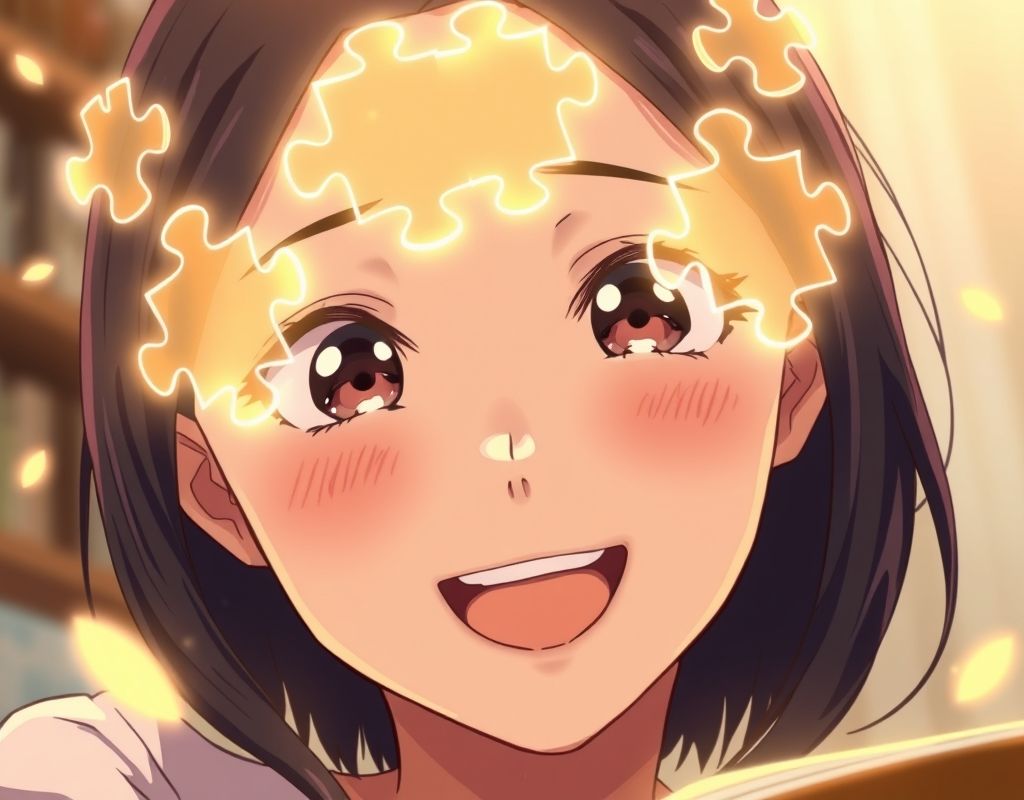
「Sou iu koto ka」: The Master Trick for 'Ah, so that's it!'
The 'Aha!' Moment in Communication 💡
You're listening to a story, and at first, it seems a bit confusing, the details disconnected. Suddenly, the speaker provides a key piece of information, and "BOOM!" 💥, everything in your head suddenly becomes clear. At that moment, you exclaim: "Ah, so that's it!".
In Japanese, that 'aha!' moment has its own 'magic phrase': 「そういうことか!」(Sou iu koto ka!)
More than just 'I understand!'
Many of you might think it's similar to「分かりました」(Wakarimashita) or「なるほど」(Naruhodo), but the nuance is completely different:
-
分かりました (Wakarimashita): Simply 'I understood' (a piece of information, an instruction). It's about receiving information one-way. Example: Your boss gives you directions, you say '分かりました'.
-
なるほど (Naruhodo): 'I see, interesting'. It shows that you find the information new and interesting, and you are evaluating and absorbing it. (⚠️ Caution: Using this with superiors can be seen as 'evaluating' them, so be careful!)
-
そういうことか (Sou iu koto ka): 'Ah, so that's the reason / That's what's going on'. This phrase shows that you have connected the available information and understood the true nature/reason of the matter. It's not about receiving new information, but about successfully 'processing' it. It's the exclamation of understanding!
Let's look at some examples! 🎬
Situation 1: A colleague is late
A: 「すみません、遅れました!人身事故で電車が30分も止まってしまって…」 (Sorry I'm late! The train was stopped for 30 minutes due to an accident...)
B: 「あ、そういうことか。 大丈夫だよ。大変だったね。」 (Ah, so that's why. It's okay. That must have been tough.)
➡️ Here, B has understood the reason why A was late. It's not that B just learned that the train stopped, but that B connected 'A is late' with 'the train stopped'.
Situation 2: Understanding your friend's mood
A: 「昨日、財布を落としちゃって…」 (I lost my wallet yesterday...)
B: 「え、大変!だから今日元気なかったんだね。そういうことか…」 (Oh no, that's terrible! So that's why you seemed down today. Now I get it...)
➡️ B understood the reason behind A's expression.
Common Variations
Depending on the context and speaker, you'll hear different endings:
- そういうことか (ka): A self-realization. Like you're talking to yourself.
- そういうことね (ne): Softer, often used when speaking to someone else, showing empathy. 'Ah, I see.'
- そういうことなんだ (nanda): Emphasizes the feeling of 'just discovering the truth'.
In Conclusion
Next time, when you understand something after an explanation, instead of just saying「分かりました」, try using「あ、そういうことか!」. You'll not only show that you've understood, but also that you've truly 'tuned in' and connected with the other person's story. A small detail that will make your Japanese sound much more natural! 😉
Thẻ liên quan:
Lan tỏa kiến thức
Chia sẻ những điều hay ho với bạn bè